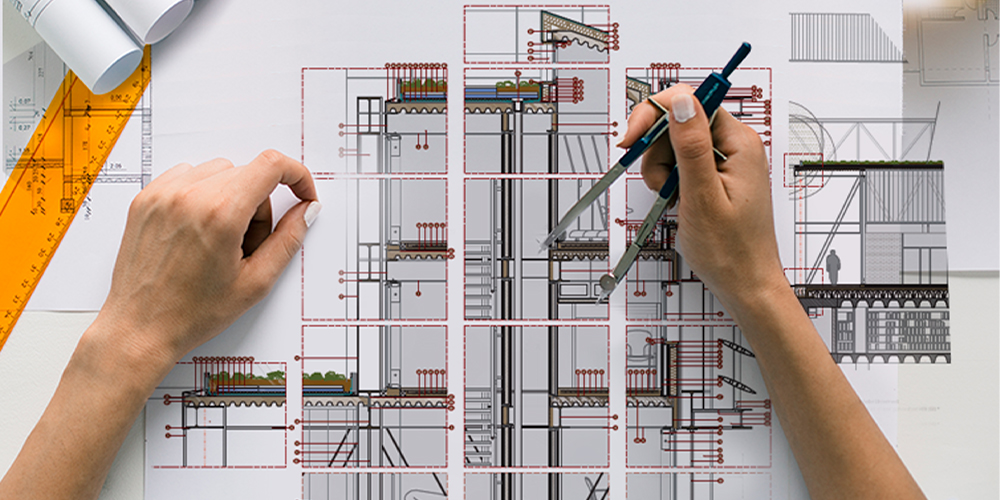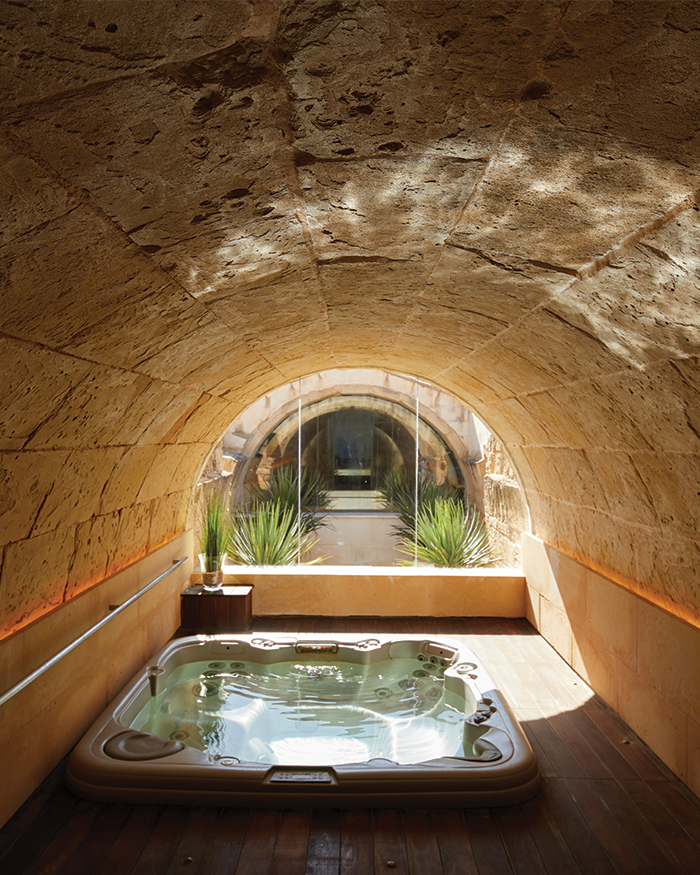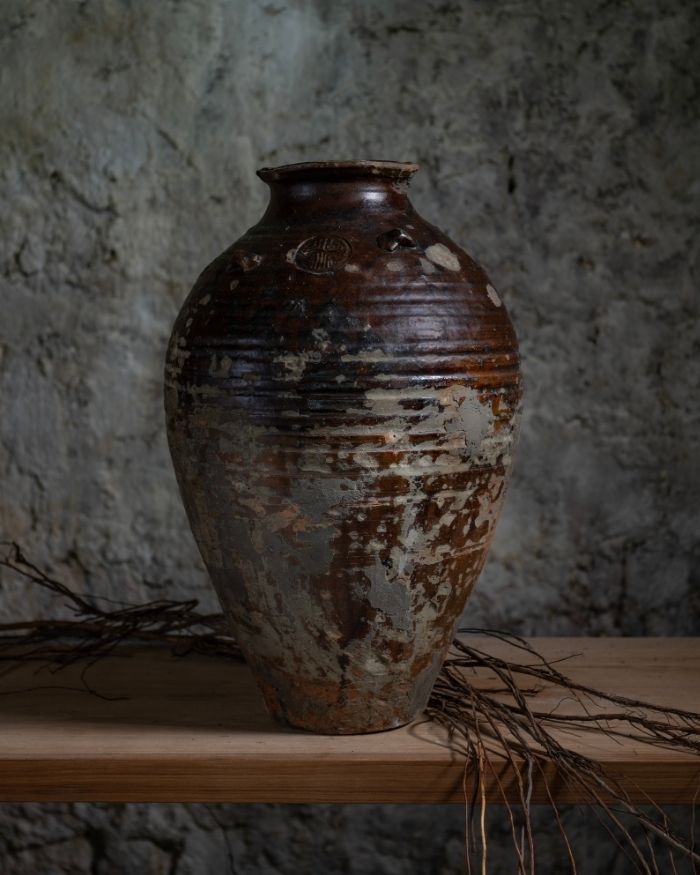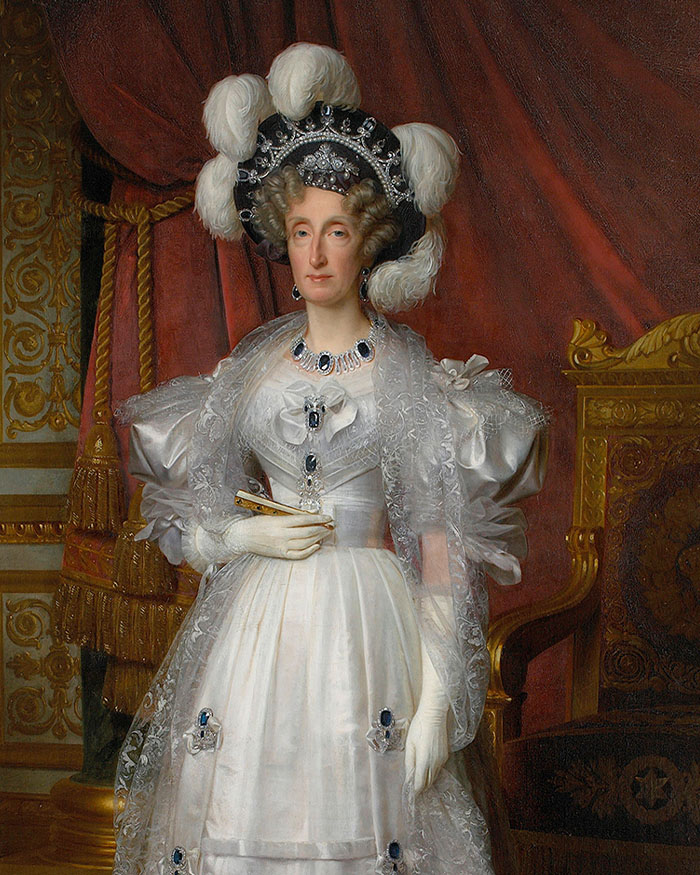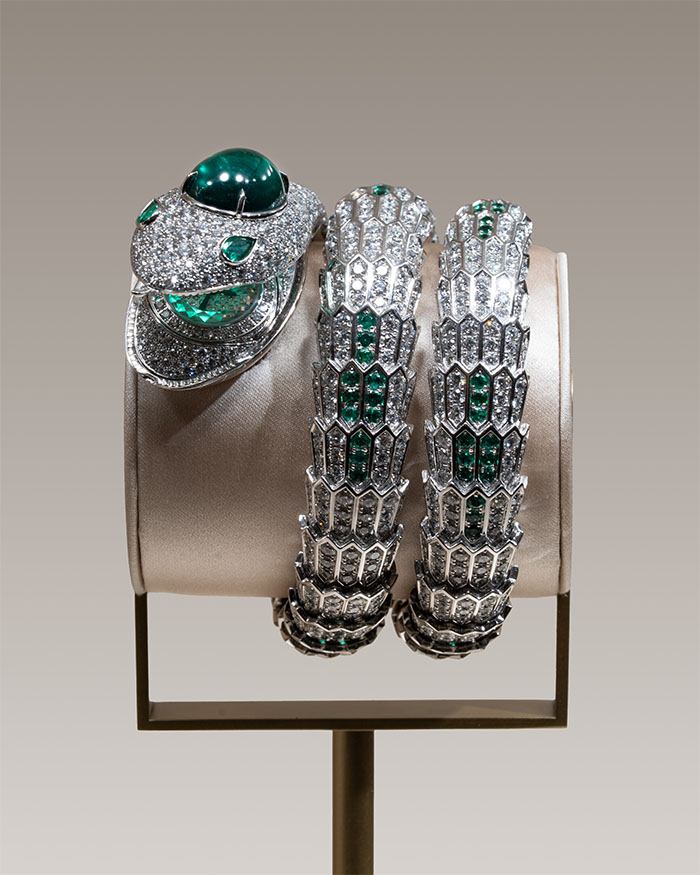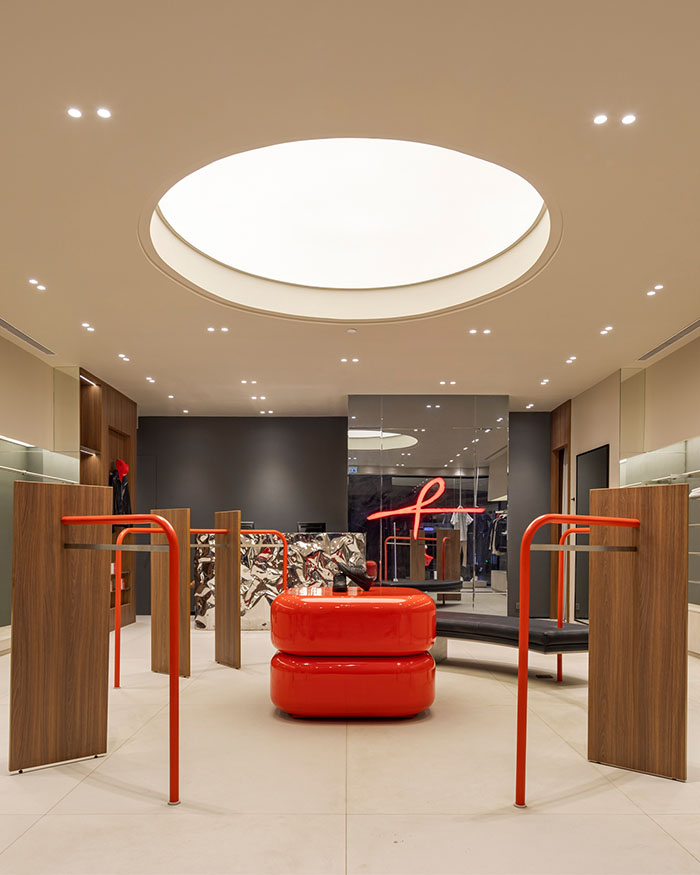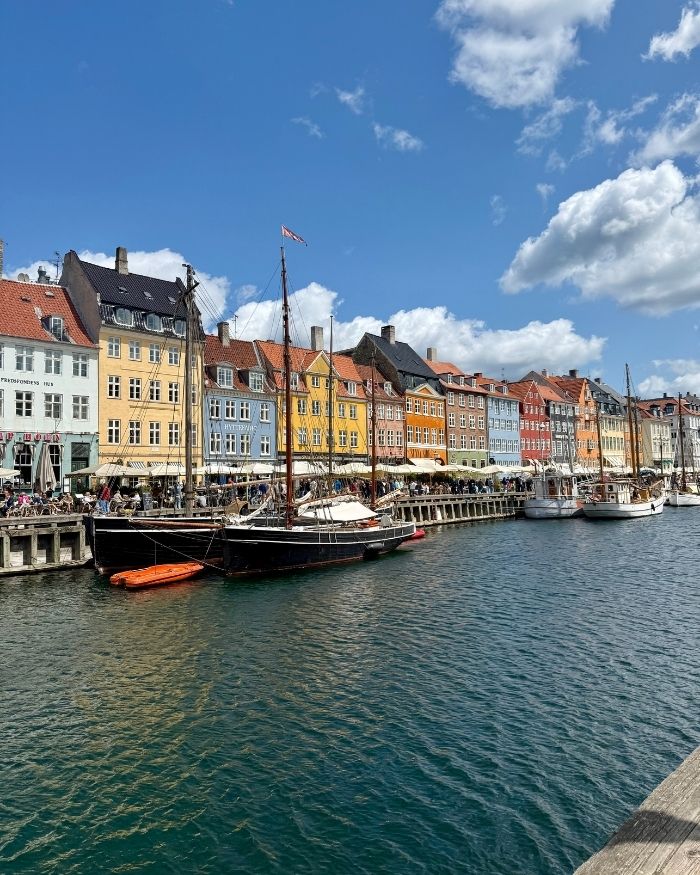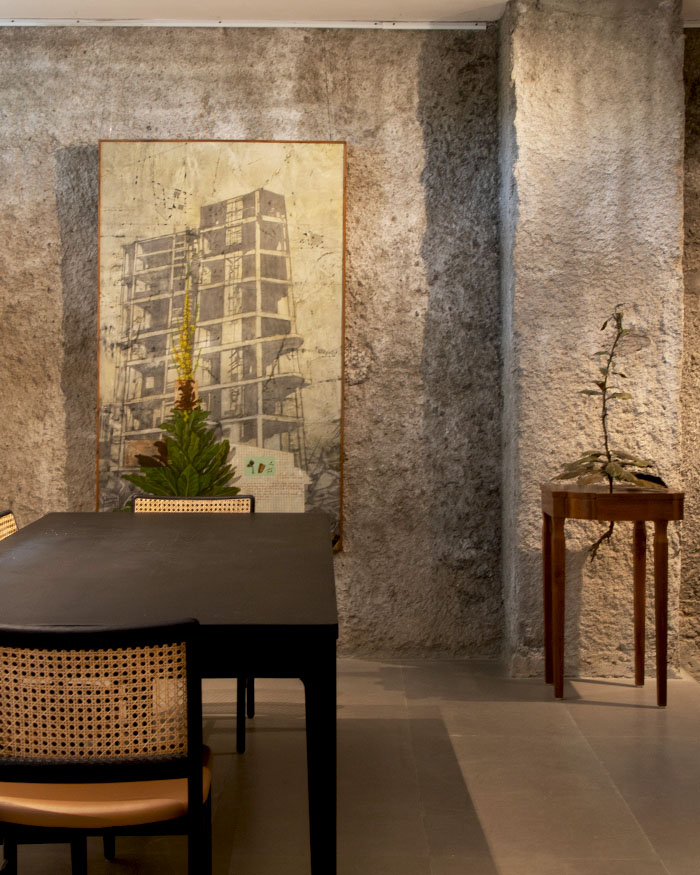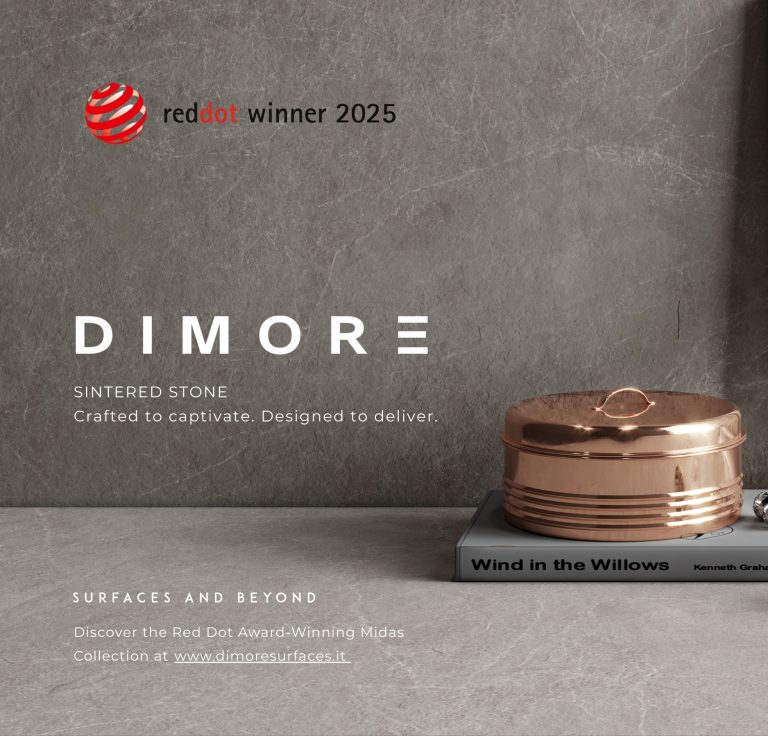You are only as good as your tools — and that includes your printer too. With the right printer, you can bring your detailed designs to life, accurately showcase your visions, and drive your business forward.
To help you pick the right tool, let’s take a minute to explore the differences between generic printers and plotters.
Why You Should Use a Plotter and Not a Printer
On the surface, plotters and printers look similar. They both are peripheral tools that produce hard copy prints of artwork, designs, or other creative documents.
But once you scratch the surface, you see that plotters operate very differently than generic printers. A generic printer uses a cartridge to print multiple dots of ink — or pixels — onto a flat material (usually paper) one line at a time. By contrast, a plotter uses multiple movable pen heads that can work concurrently and with a lot more detail.
There are other operational differences between the two, but that’s the big one. And because plotters operate in this fundamentally different manner than generic printers, they can deliver a range of benefits that generic printers never could.
Plotters can:
- Create much higher resolution documents than generic printers.
- Produce much larger prints than generic printers.
- Print enlarged images that maintain their clarity and resolution.
- Read and print files in a much larger number of formats — natively.
In sum: Plotters are a better choice than generic printers anytime you need to reliably and accurately produce large, detailed documents.
This means plotters are the right choice to print specialized documents like blueprints and diagrams, and they are essential tools for anyone working in the Architecture, Engineering, or Construction (AEC) fields.
Why You Need a Plotter: Real-World Examples
Sometimes, a generic printer won’t get the job done and you need the speed, precision, and flexibility of a plotter. Here are just a few real-world examples.
1. Printing Detailed, Colourful Blueprints. Generic printers can’t replicate layers of critical detail. Plotters were built to deliver high-quality prints with every fine line and crisp colour left intact — quickly, easily, and sustainably.
2. Printing Hatch Patterns. Generic printers lose details and can’t replicate hatch patterns. Plotters were built to deliver complex, granular patterns at a very high resolution, all while using far less ink and printing twice as fast.
3. Printing Multi-Coloured Diagrams. Generic printers often flatten layers of depth and produce dull and grainy images. Plotters were designed to accurately replicate their source images’ brightness, contrast and colours.
The difference is clear. While generic printers are still a good choice for some use cases, you need a plotter anytime you have to print complex, detailed designs where accurately replicating every fine line, colour choice, and layer of depth matters.
This post originally appeared on largeformat.hp.com


